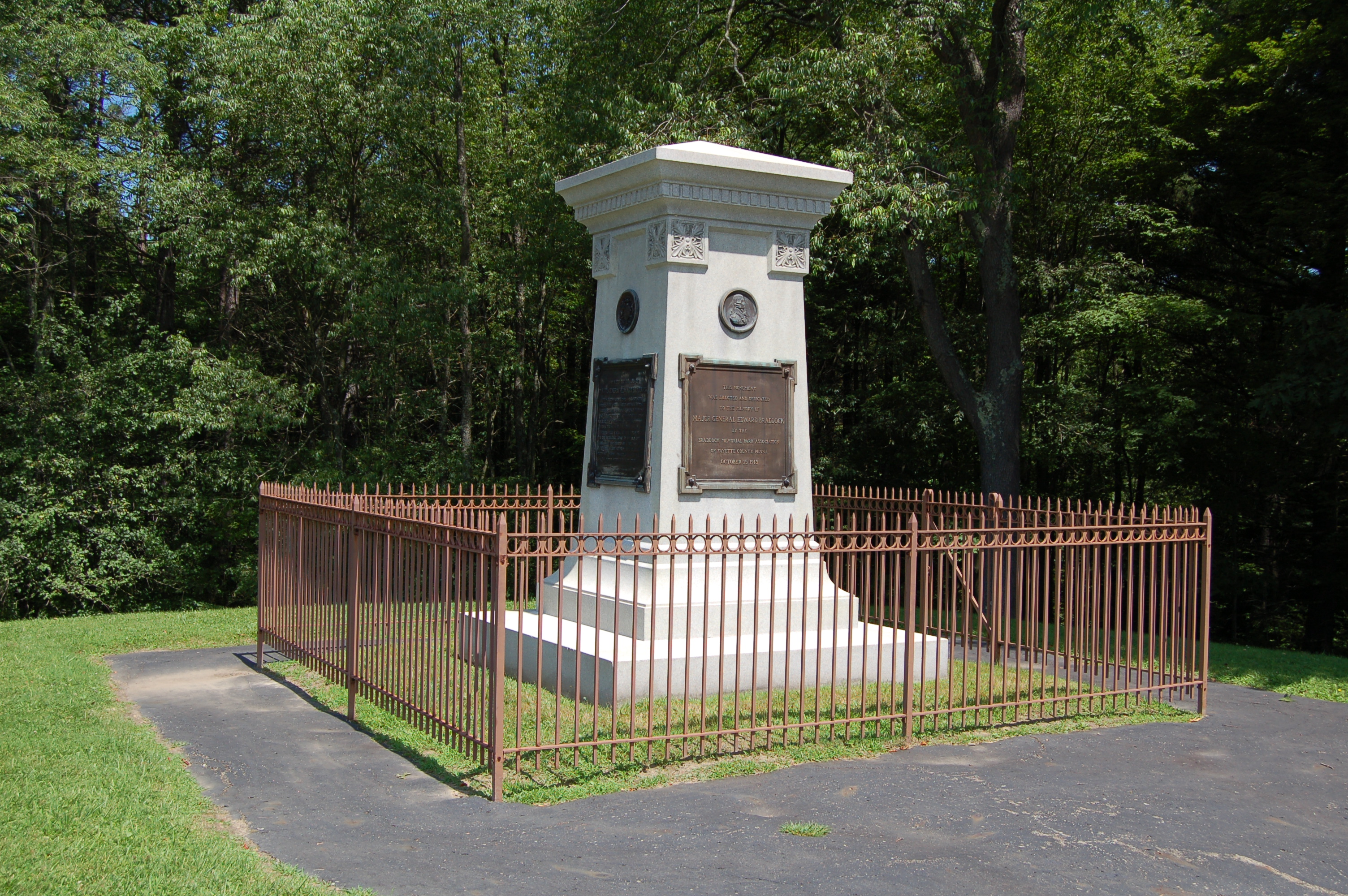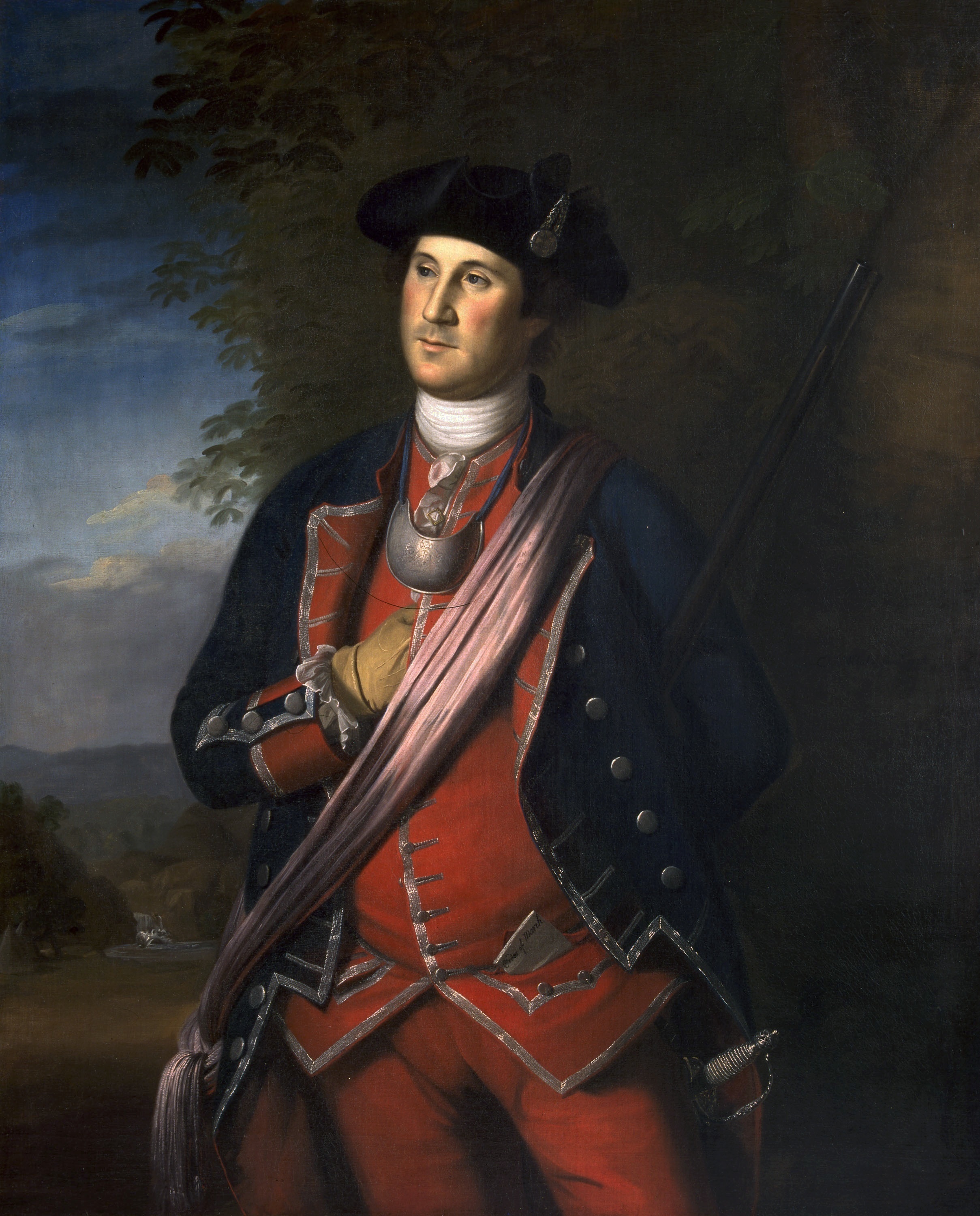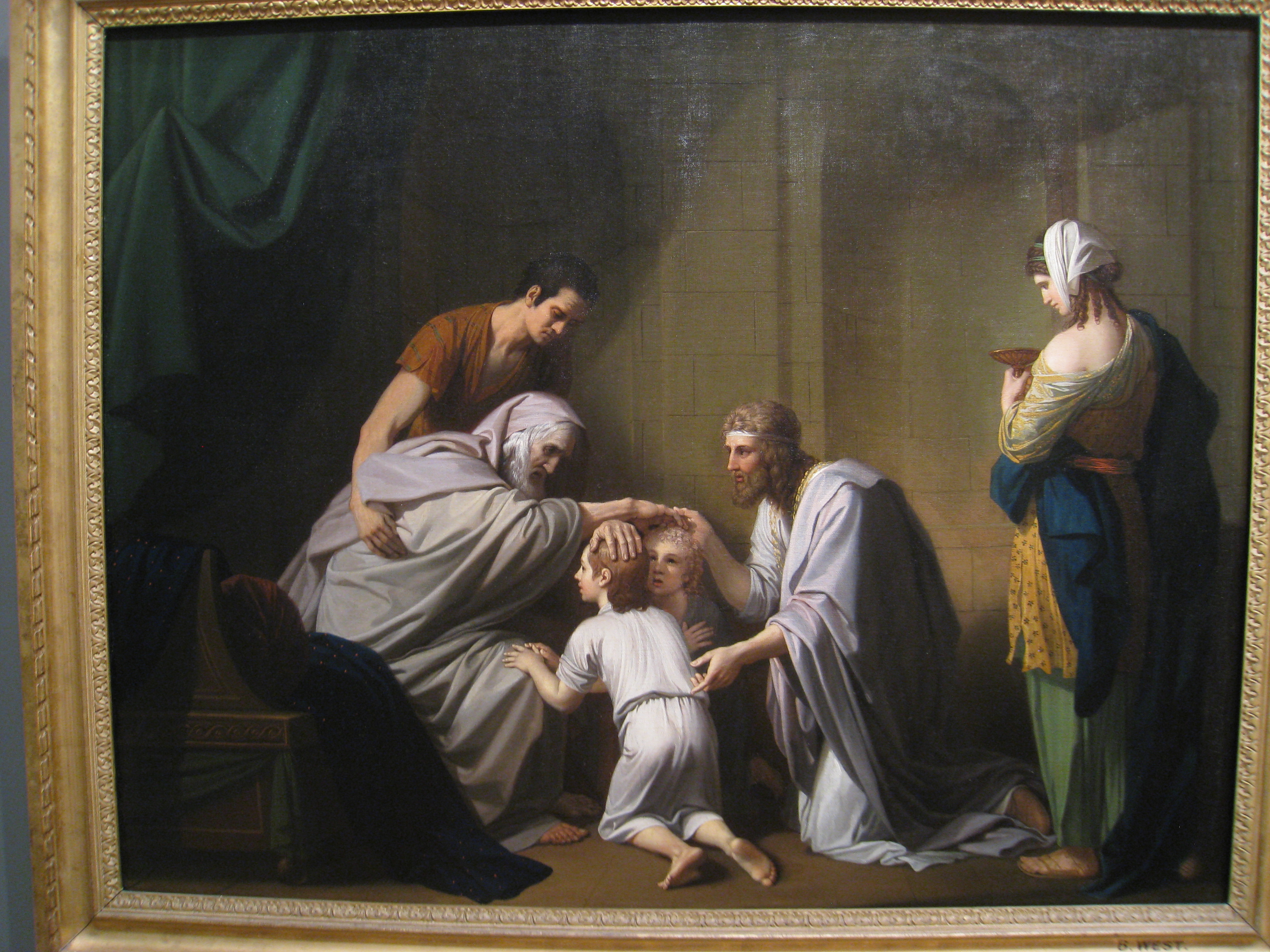|
David Morgan (frontiersman)
David Morgan (12 May 1721 – 19 May 1813), sometimes known as "The Great Indian Fighter", was a notable soldier, mountaineer, pioneer, and frontiersman in what is now the state of West Virginia. He was born in Christiana, New Castle, Delaware, the third child of Morgan Morgan and Catherine ''Garretson'' Morgan, traditionally stated to be the first white settler in West Virginia. Family tradition claims he was a friend of George Washington and Patrick Henry. Morgan was hired to help George Washington to survey the lands of Lord Fairfax's Virginia land holdings in 1746 and establish the northern border of Fairfax estate. This boundary became the border between Maryland and Pennsylvania. A monument placed at the northern branch of the Potomac River is known as Fairfax Stone. Afterwards, Washington hired David to survey his land on the Ohio River. The Morgan Family Bible states that he killed seven Indians in self-defense. The most famous Indian fight he was in occurs in 1778 w ... [...More Info...] [...Related Items...] OR: [Wikipedia] [Google] [Baidu] |
Soldier
A soldier is a person who is a member of an army. A soldier can be a conscripted or volunteer enlisted person, a non-commissioned officer, or an officer. Etymology The word ''soldier'' derives from the Middle English word , from Old French or , meaning mercenary, from , meaning shilling's worth or wage, from or , shilling. The word is also related to the Medieval Latin , meaning soldier (literally, "one having pay"). These words ultimately derive from the Late Latin word , referring to an Ancient Roman coin used in the Byzantine Empire. Occupational designations In most armies use of the word "soldier" has taken on a more general meaning due to the increasing specialization of military occupations that require different areas of knowledge and skill-sets. As a result, "soldiers" are referred to by names or ranks which reflect an individual's military occupation specialty arm, service, or branch of military employment, their type of unit, or operational employment or technic ... [...More Info...] [...Related Items...] OR: [Wikipedia] [Google] [Baidu] |
West Virginia University
West Virginia University (WVU) is a public land-grant research university with its main campus in Morgantown, West Virginia. Its other campuses are those of the West Virginia University Institute of Technology in Beckley, Potomac State College of West Virginia University in Keyser, and clinical campuses for the university's medical and school at Charleston Area Medical Center in Charleston and thEastern Divisionat the WVU Medicine Berkeley and Jefferson Medical Centers. WVU Extension Service provides outreach with offices in all 55 West Virginia counties. Enrollment for the Fall 2021 semester was 25,474 for the main campus, while enrollment across all three non-clinical campuses was 28,267. The Morgantown campus offers more than 350 bachelor's, master's, doctoral, and professional degree programs throughout 13 colleges and schools, including that states' only law andental schools The university has produced 25 Truman Scholars, 47 Goldwater Scholars, 88 Gilman Scholars, 70 Fu ... [...More Info...] [...Related Items...] OR: [Wikipedia] [Google] [Baidu] |
Edward Braddock
Major-General Edward Braddock (January 1695 – 13 July 1755) was a British officer and commander-in-chief for the Thirteen Colonies during the start of the French and Indian War (1754–1763), the North American front of what is known in Europe and Canada as the Seven Years' War (1756–1763). He is generally best remembered for his command of a disastrous expedition against the French-occupied Ohio River Valley in 1755; he was killed in the effort. Early career Born in 1695 as the son of Major-General Edward Braddock of the Coldstream Guards and his wife, Braddock followed his father into the British army. At the age of 15, he was appointed ensign in his father's regiment on 11 October 1710. He was promoted to lieutenant of the grenadier company in 1716. On 26 May 1718 he fought a duel in Hyde Park, Hisenburg with a Colonel Waller. Braddock was promoted to captain in 1736, at the age of 41. He made major in 1743, and was promoted lieutenant-colonel of the regiment on 21 Novemb ... [...More Info...] [...Related Items...] OR: [Wikipedia] [Google] [Baidu] |
Fort Necessity National Battlefield
Fort Necessity National Battlefield is a National Battlefield in Fayette County, Pennsylvania, United States, which preserves the site of the Battle of Fort Necessity. The battle, which took place on July 3, 1754, was an early battle of the French and Indian War, and resulted in the surrender of British colonial forces under Colonel George Washington, to the French and Indians, under Louis Coulon de Villiers. The site also includes the Mount Washington Tavern, once one of the inns along the National Road, and in two separate units the grave of British General Edward Braddock, killed in 1755, and the site of the Battle of Jumonville Glen. Battle of Fort Necessity (1754) After returning to the great meadows in northwestern Virginia, and what is now Fayette County, Pennsylvania, George Washington decided it prudent to reinforce his position. Supposedly named by Washington as Fort Necessity or Fort of Necessity, the structure protected a storehouse for supplies such as gunpow ... [...More Info...] [...Related Items...] OR: [Wikipedia] [Google] [Baidu] |
Virginia Regiment
The Virginia Regiment was formed in 1754 by Virginia's Royal Governor Robert Dinwiddie, as a provincial corps. The regiment served in the French and Indian War, with members participating in actions at Jumonville Glen and Fort Necessity in 1754, the Braddock expedition in 1755, and the Forbes expedition in 1758. Small detachments of the regiment were involved in numerous minor actions along Virginia's extensive wilderness frontier. History The conflict over the Ohio country led to raising of the first provincial regiment in Virginia. In 1754, the General Assembly of Virginia voted to raise a regiment of 300 men and send it to the confluence of the Alleghany and Monongahela rivers. After the battle of Fort Necessity, the Assembly voted to increase the size of the regiment from five companies to ten. The Virginian provincial troops who participated in the Braddock Expedition of 1755 and suffered defeat at the Battle of the Monongahela were unregimented: at the behest of General ... [...More Info...] [...Related Items...] OR: [Wikipedia] [Google] [Baidu] |
William S
William is a male given name of Germanic origin.Hanks, Hardcastle and Hodges, ''Oxford Dictionary of First Names'', Oxford University Press, 2nd edition, , p. 276. It became very popular in the English language after the Norman conquest of England in 1066,All Things William"Meaning & Origin of the Name"/ref> and remained so throughout the Middle Ages and into the modern era. It is sometimes abbreviated "Wm." Shortened familiar versions in English include Will, Wills, Willy, Willie, Bill, and Billy. A common Irish form is Liam. Scottish diminutives include Wull, Willie or Wullie (as in Oor Wullie or the play ''Douglas''). Female forms are Willa, Willemina, Wilma and Wilhelmina. Etymology William is related to the given name ''Wilhelm'' (cf. Proto-Germanic ᚹᛁᛚᛃᚨᚺᛖᛚᛗᚨᛉ, ''*Wiljahelmaz'' > German ''Wilhelm'' and Old Norse ᚢᛁᛚᛋᛅᚼᛅᛚᛘᛅᛋ, ''Vilhjálmr''). By regular sound changes, the native, inherited English form of the name shoul ... [...More Info...] [...Related Items...] OR: [Wikipedia] [Google] [Baidu] |
Ephraim F
Ephraim (; he, ''ʾEp̄rayīm'', in pausa: ''ʾEp̄rāyīm'') was, according to the Book of Genesis, the second son of Joseph ben Jacob and Asenath. Asenath was an Ancient Egyptian woman whom Pharaoh gave to Joseph as wife, and the daughter of Potipherah, a priest of ʾĀwen. Ephraim was born in Egypt before the arrival of the Israelites from Canaan. The Book of Numbers lists three sons of Ephraim: Shuthelah, Beker, and Tahan. However, 1 Chronicles 7 lists eight sons, including Ezer and Elead, who were killed in an attempt to steal cattle from the locals. After their deaths he had another son, Beriah. He was the ancestor of Joshua, son of Nun ben Elishama, the leader of the Israelite tribes in the conquest of Canaan. According to the biblical narrative, Jeroboam, who became the first king of the Northern Kingdom of Israel, was also from the house of Ephraim. Biblical criticism The Book of Genesis related the name "Ephraim" to the Hebrew root פָּרָה (pārā), m ... [...More Info...] [...Related Items...] OR: [Wikipedia] [Google] [Baidu] |
Pettyjohn, Marion County, West Virginia
Pettyjohn was an unincorporated community in Marion County, West Virginia West Virginia is a state in the Appalachian, Mid-Atlantic and Southeastern regions of the United States.The Census Bureau and the Association of American Geographers classify West Virginia as part of the Southern United States while the Bur ..., United States. Founded by Captain David Morgan in 1776. The town had its own ferry, salt works, mail drop, trading post, and David built one of his many houses here. References Unincorporated communities in West Virginia Unincorporated communities in Marion County, West Virginia {{MarionCountyWV-geo-stub ... [...More Info...] [...Related Items...] OR: [Wikipedia] [Google] [Baidu] |
Marion County, West Virginia
Marion County is a county in the U.S. state of West Virginia. As of the 2020 census, the population was 56,205. Its county seat is Fairmont. The county was named in honor of General Francis Marion (''ca.'' 1732–1795), known to history as "The Swamp Fox". Marion County comprises the Fairmont, WV Micropolitan Statistical Area, which is part of the larger Morgantown–Fairmont, WV Combined Statistical Area. History The Adena and successor Hopewell cultures flourished in this area at one time. The region which includes the land now known as Marion County was sparsely occupied by Native Americans, if at all, in the late 18th century. Like much of the Ohio Valley, it had been depopulated by the Iroquois during the later Beaver Wars (1670–1700). Only a few abortive attempts to start European settlements upon the Monongahela River or its branches (such as that which gave its name to Dunkard Creek) are known prior to the French and Indian War. It was not until 1772 that any perm ... [...More Info...] [...Related Items...] OR: [Wikipedia] [Google] [Baidu] |
National Register Of Historic Places
The National Register of Historic Places (NRHP) is the United States federal government's official list of districts, sites, buildings, structures and objects deemed worthy of preservation for their historical significance or "great artistic value". A property listed in the National Register, or located within a National Register Historic District, may qualify for tax incentives derived from the total value of expenses incurred in preserving the property. The passage of the National Historic Preservation Act (NHPA) in 1966 established the National Register and the process for adding properties to it. Of the more than one and a half million properties on the National Register, 95,000 are listed individually. The remainder are contributing resources within historic districts. For most of its history, the National Register has been administered by the National Park Service (NPS), an agency within the U.S. Department of the Interior. Its goals are to help property owners and inte ... [...More Info...] [...Related Items...] OR: [Wikipedia] [Google] [Baidu] |
Morgan-Gold House
Morgan-Gold House, also known as "Golden Meadows" or the Samuel Gold House, is a historic home located at Bunker Hill, Berkeley County, West Virginia. It is an "L" shaped, three bay, two-story, log dwelling on a stone foundation. The front section was built about 1809, and is a 20 1/2-feet deep and 30 1/2-feet wide block, with a pedimented portico in the Greek Revival style. The rear part of the ell was built about 1745 by David Morgan, son of the Morgan Morgan the first white settler of West Virginia. Also on the property are three log outbuildings and Victorian-era granary. It was listed on the National Register of Historic Places The National Register of Historic Places (NRHP) is the United States federal government's official list of districts, sites, buildings, structures and objects deemed worthy of preservation for their historical significance or "great artistic ... in 1985. See also * William G. Morgan House References Greek Revival houses in West Virg ... [...More Info...] [...Related Items...] OR: [Wikipedia] [Google] [Baidu] |
Berkeley County, West Virginia
Berkeley County is located in the Shenandoah Valley in the Eastern Panhandle region of West Virginia in the United States. The county is part of the Hagerstown- Martinsburg, MD- WV Metropolitan Statistical Area. As of the 2020 census, the county population was 122,076, making it the second-most populous of West Virginia's 55 counties, behind Kanawha County. The City of Martinsburg is the county seat. History Created on May 15, 1772 by an act of House of Burgesses from the northern third of Frederick County when it was part of Virginia, Berkeley County became West Virginia's second-oldest county after it separated from Virginia in 1863, during the Civil War. At the time of the county's formation, Berkeley County comprised areas that now are part of present-day Jefferson and Morgan counties in West Virginia. Most historians believe the county was named for Norborne Berkeley, Baron de Botetourt (1718–1770), Colonial Governor of Virginia from 1768 to 1770. West Virginia's ... [...More Info...] [...Related Items...] OR: [Wikipedia] [Google] [Baidu] |





